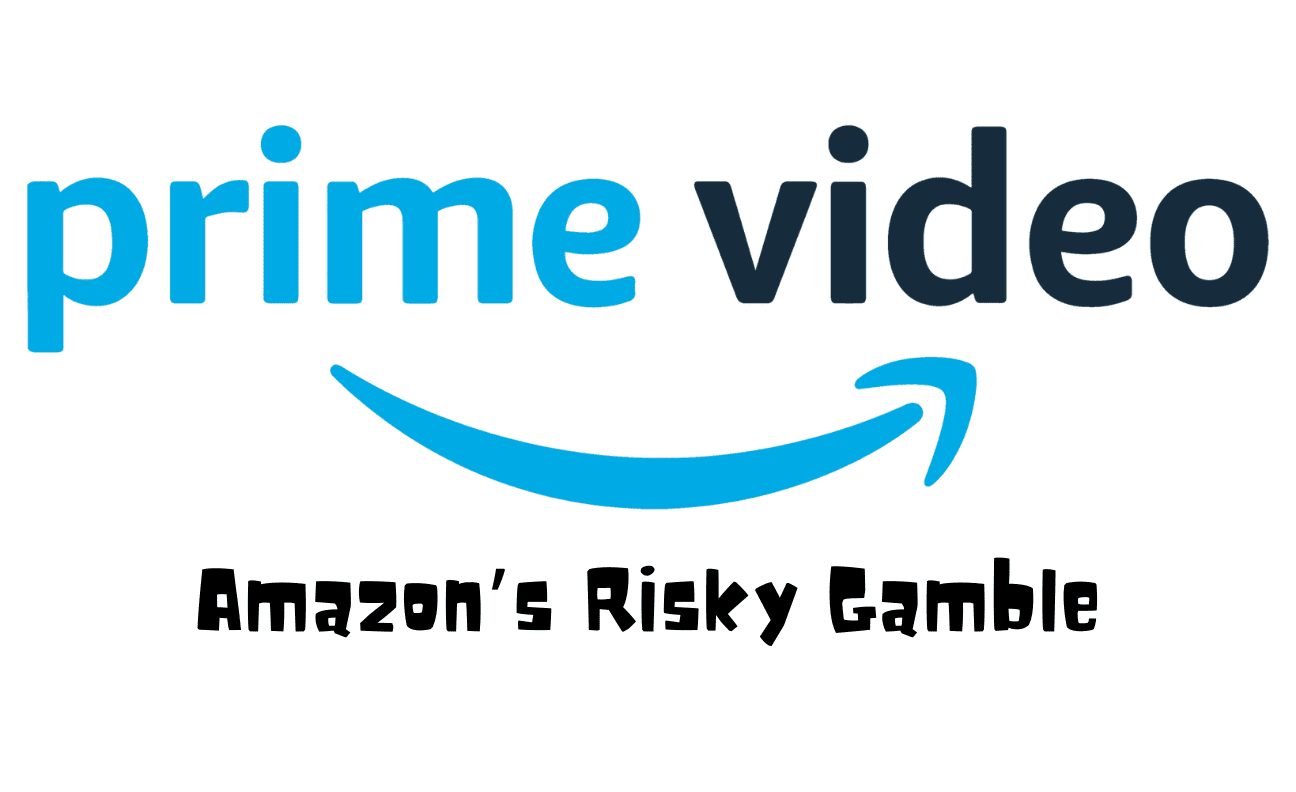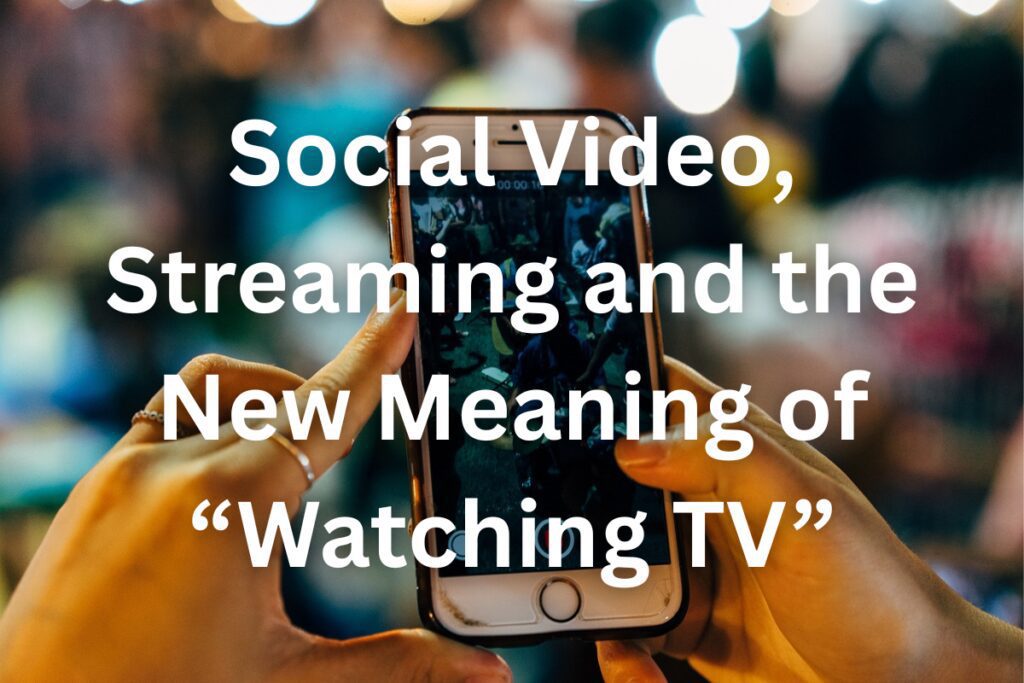In a surprising revelation, a recent YouGov survey has unveiled the sentiments of Amazon Prime Video viewers regarding the platform’s impending decision to introduce advertising in 2024.
However, unsurprisingly, the findings have sparked concerns about a potential consumer backlash. So, let’s take a deeper look at what introducing advertising could mean for Prime Video Viewers and streaming services as a whole.
The Majority vs. The Minority: Feeling ‘Bombarded’ by Advertising
According to the survey, a staggering 65% of Prime Video viewers already feel ‘bombarded’ by advertising.
This statistic casts a shadow of doubt over Amazon‘s plans to integrate ads into its streaming service, as it suggests that a significant portion of its user base is far from receptive to this change.
In stark contrast, less than a quarter, at 24%, of respondents reported that they did not feel bombarded by advertising on Prime Video.
While this minority’s perspective should not be dismissed, it raises questions about whether Amazon can justify its strategic shift solely based on the preferences of this segment.

A Potential Compromise and A Thorny Debate
To navigate these treacherous waters, the e-commerce giant may need to consider alternative approaches to maximise advertising revenue.
Surprisingly, the survey found that 53% of subscribers would be open to watching ads in exchange for free content. This revelation suggests that a substantial portion of viewers might find value in a tiered, ad-supported model.
On the flip side, the survey also discovered that less than a third, 30%, of respondents believed that an ad-supported model would not be a fair proposition.
This reveals a schism in consumer sentiment, mirroring The Trade Desk‘s recent findings, which suggest that a majority of Britons are now open to ad-supported streaming tiers.

Viewer Demographics, Prime Video Usage Patterns and Implications for the Streaming Industry
The survey delved deeper into viewer demographics and Prime Video usage patterns. It revealed that younger viewers, aged 18-34, were more open to the idea of ad-supported content, with 58% expressing a willingness to trade ads for free access.
However, this group was also more likely to feel bombarded by advertising, with a surprising 70% sharing this sentiment.
What’s more, the findings of this survey have broader implications for the entire streaming industry. As Amazon grapples with the delicate balance between monetisation and viewer satisfaction, competitors like Netflix and Disney+ will be closely monitoring the situation.
Interestingly, the ultimate decisions made in the coming years will undoubtedly shape the future of streaming and advertising in the digital age.
The Benefits of Adding Advertising to Streaming Services
Adding advertising to streaming services offers a range of benefits, including the potential for increased revenue streams through ad sales, which can offset content costs and even lead to lower subscription fees for users. This affordability can then broaden the service’s user base.
Furthermore, advertising can provide valuable data insights into user preferences and behaviour, improving content recommendations and targeting for advertisers. It also supports the creation of high-quality original content and enhances the overall user experience when done right.
Ad-supported models offer a sustainable alternative, and embracing advertising keeps streaming platforms competitive in a rapidly evolving industry while helping combat piracy and promoting legal access to content.
However, achieving the right balance between ads and content, respecting user privacy, and considering user sentiment and preferences remain critical factors for success.
The Disadvantages
Introducing advertising to streaming services, while offering potential revenue opportunities, also brings several disadvantages. Chief among these is the risk of degrading the user experience through intrusive or repetitive ads, potentially leading to user frustration and abandonment of the service.
Concerns over user privacy may arise due to data collection for ad targeting, and the divide between users who prefer ad-free experiences and those accepting ads for lower subscription costs can complicate service management.
Furthermore, content interruptions in the form of mid-roll ads can disrupt viewing, and the presence of ad-blocking technology may diminish ad effectiveness. Moreover, negative associations with ads can impact both the streaming service and advertisers, and technical challenges in implementing an ad infrastructure can lead to glitches and user dissatisfaction.
Therefore, being able to strike a careful balance between advertising and content quality is essential to navigate these potential downsides successfully.
RIP @AmazonUK @primevideouk if you start putting advertising in your movies and tv shows. Watch your subscribers drop like a lead balloon. Everyone hates adverts. AVOID! @JeffBezos
— Aaron Price (@AaronLewisPrice) October 15, 2023
Amazon Prime Video is adding advertising in early 2024 https://t.co/1WzuWL9E3K via @DigitalTrends
Conclusion: Balancing Act for Amazon
In light of these insights, Amazon finds itself on a tightrope, balancing the desires of its audience with the need to maximise advertising revenue. The 65% who already feel overwhelmed by advertising and the 53% who are open to ads in exchange for free content present Amazon with a challenging conundrum.
As the streaming landscape continues to evolve, Amazon Prime Video must carefully navigate the delicate balance between monetisation and viewer satisfaction. Failure to do so could lead to a potential exodus of subscribers and a tarnished reputation.
And finally, the decisions made in the coming years will undoubtedly shape the future of streaming, and Amazon’s approach will be closely watched by both industry insiders and the legions of Prime Video viewers it seeks to engage and retain.
The streaming wars have just gotten more complex, and the battlefield is now in the hearts and minds of the viewers themselves. Where it will lead, only time will tell.









